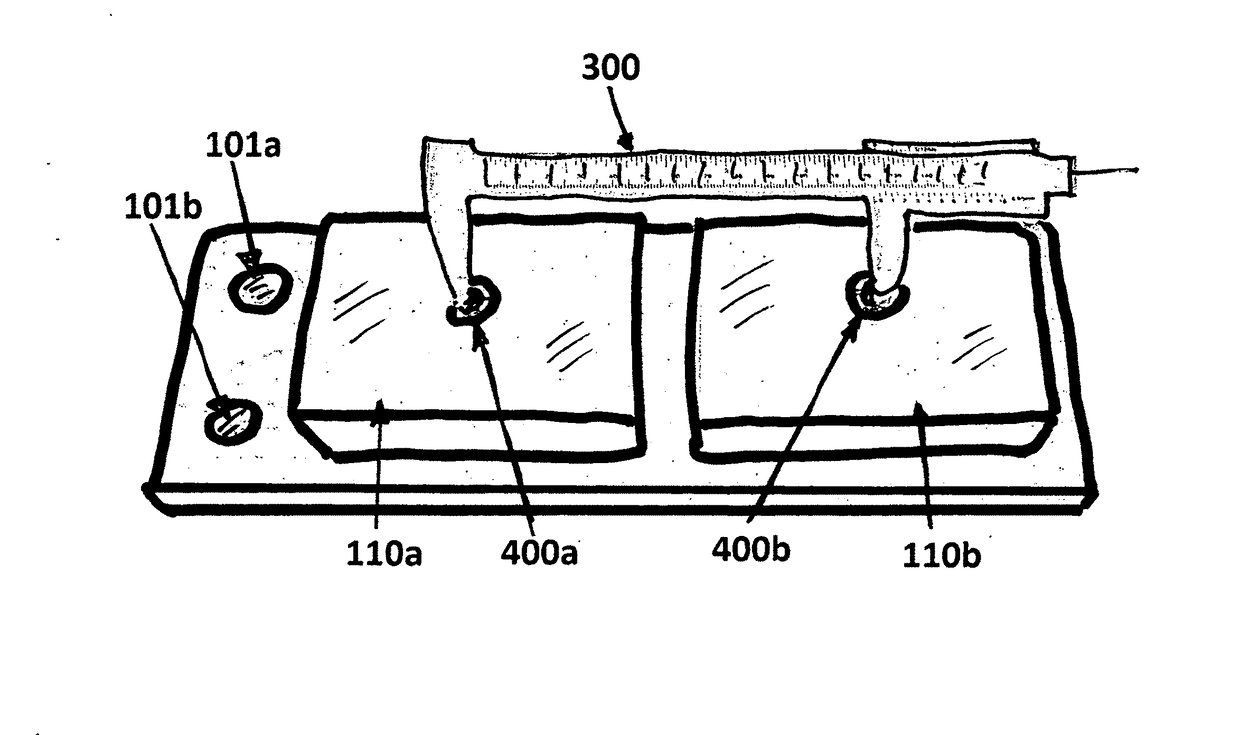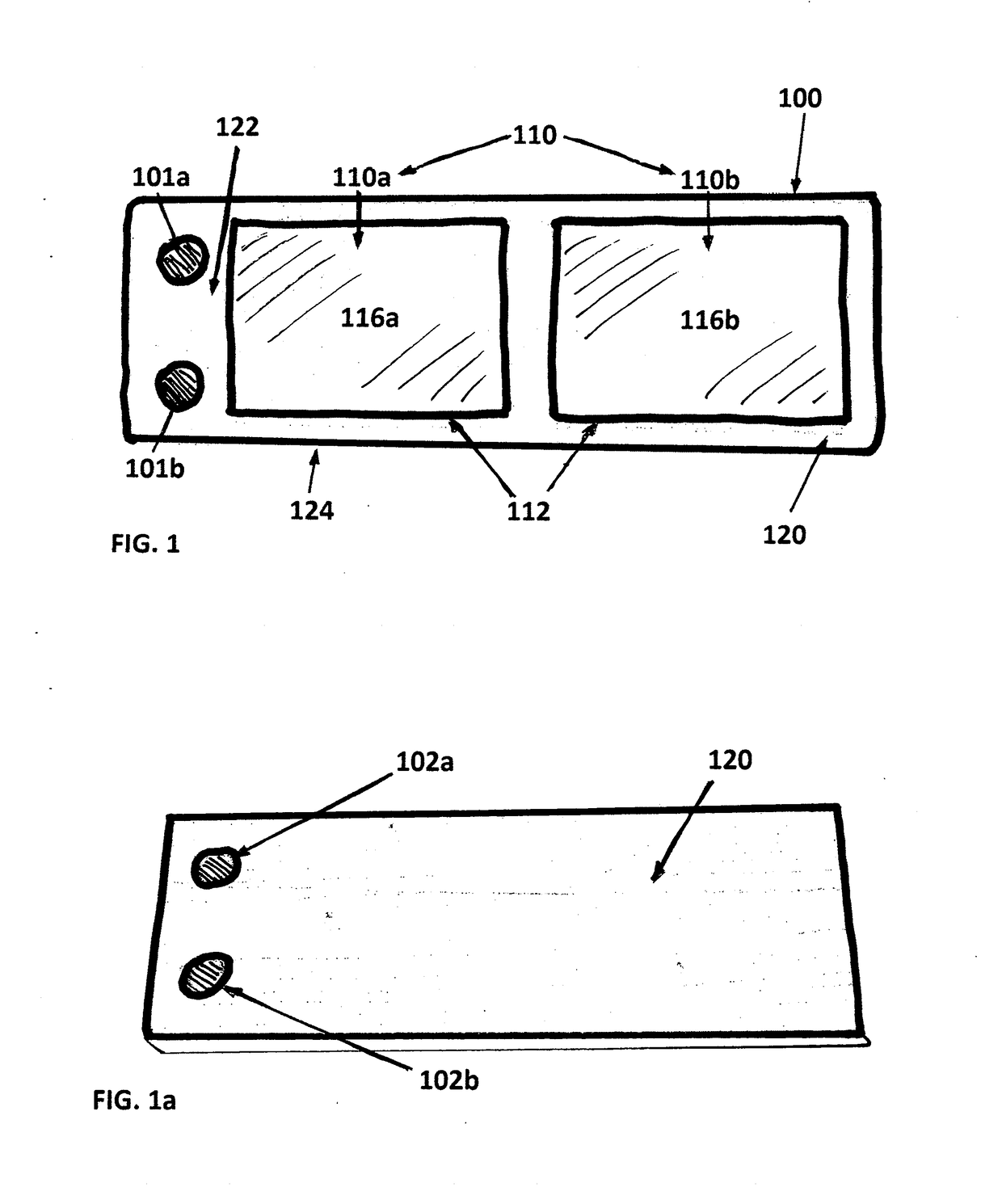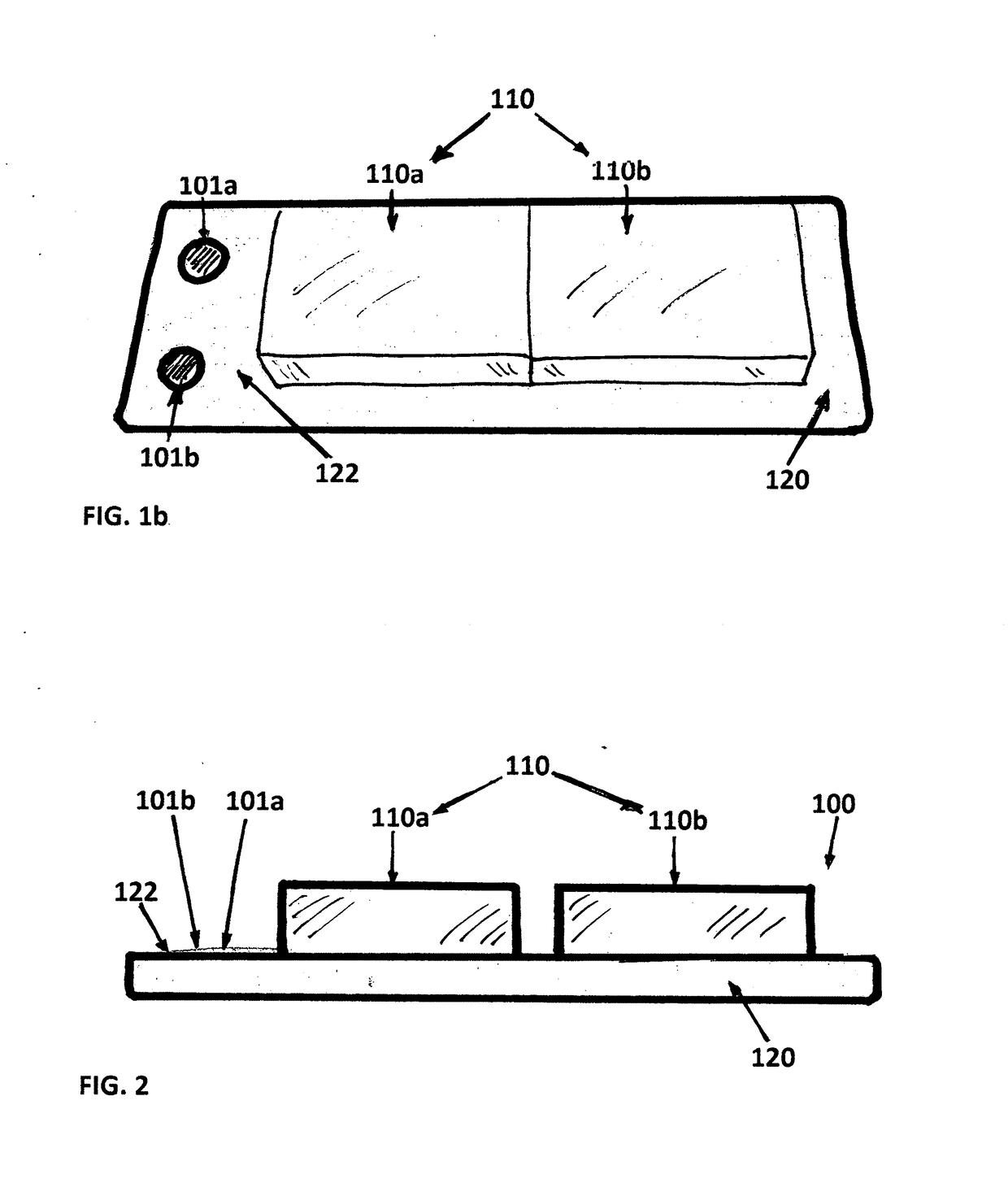Bicycle saddles come in many different shapes and sizes. Some are long, some are short, some are curved some are flat. The ultimate goal is to find the perfect
saddle for the cyclist.CLARIFICATION: those that ride bicycles are commonly referred to as cyclists, bikers, cyclists, bicycle cyclists, bicyclists, cycle cyclists,
cycling, etc., but for this discussion, they will be referred to as ‘cyclist(s)’As with the height of humans, the widths of Ischial Tuberosities (Sit Bones) are also numerous. The Ischial Tuberosities are the protruding bones of the hip /
pelvis that sit underneath the muscles of the glute and is the part of the body that first contacts the
saddle. Everyone has a different width and the importance for a cyclist in finding the exact width is critical for long-term health and
cycling enjoyment.
Excessive weight / pressure on the
soft tissue can lead to health issues such as tumors, genital numbness and even
erectile dysfunction due to Pudendal nerve compression and or crushing and or blocking of the Pudendal
artery.
SADDLE DESIGN—The rear area of a
saddle is where the Ischial Tuberosities should rest. This area of the saddle comes in one of two shapes, either (a) flat, or (b) curved. This is where the cyclist should apply most of their weight. The most important item is for the cyclist to minimize the amount of pressure to their
soft tissue, in other words, the correct saddle width and
saddle shape is paramount in preventing as much of the cyclists'
soft tissue from coming into contact with the saddle. Ideally, the majority of contact with the saddle will come from contact of the cyclists'
Ischial Tuberosity, the Ischial Ramus and Inferior Ramus of Pubis.This
Ischial Tuberosity measuring tool can measure any / all types of cyclists and can be used to measure any / all saddles where a saddle(s) that the bicycle shop carries can be recommended to the cyclist. It is important to note that the recommended saddle(s) will be the correct fitting saddle(s) for the cyclist.This saddle fit
system is comprised of impression foam pad(s) that are attached to an organic or inorganic substrate that supports the cyclists weight. Also included are 2
ferrous, non-
ferrous or non-metallic balls as well as a detached Vernier caliper measuring device.The cyclist sits and centers themselves on the saddle fit
system. The bike fitter then has the cyclist stand thereby leaving 2 indentation impressions on the impression foam. The bike fitter then takes the 2 balls and drops one onto each side of the impression foam pad. Due to the natural force of gravity, these balls will self-center into the exact center-point of each
Ischial Tuberosity impression left by the cyclist.The bike fitter will then take the supplied detached
calipers and measure the distance from center-point of each ball. This dimension will be noted, shown and discussed with the customer who will then decide on a preferred saddle(s) shape and material.The bike fitter will then show the cyclist preferred saddles by laying the
calipers over the top of each saddle and centering the tips of the caliper where the cyclists' Ischial Tuberosities will be contacting the saddle. A follow-on conversation regarding best-fit / best-usage of a recommended saddle based on (a) cyclists' flexibility, (b) cyclists'
body shape and conditioning, (c) saddle width and (d)
saddle shape can then be held with the cyclist.
SIZING THE
SADDLE—When the caliper is layed on top of the rear of the saddle, the drop from the Ischial Tuberosity to the top of the saddle can be easily seen and shown to the cyclist. In most cases, the difference between a flat saddle vs a curved saddle is one
size difference where the curved saddle usually requires one size wider than the flat top saddle. This is important for a healthy
perineum and the correct saddle
sizing is easily shown with this tool. Too much of a drop between the ideal placement of the Ischial Tuberosity and contact with the saddle can cause an excessive amount of pressure to be applied to the cyclists' soft tissue.Cited Workshttp: / / www.ncbi.nlm.nih.gov / pubmed / 20102446 http: / / www.webmd.com / men / features / biking-and-erectile-dysfunction-a-real-riskhttps: / / www.researchgate.net / publication / 265514647_
Cycling-Related_Sexual_Dysfunction_in_Men_and_Women_A_Reviewhttp: / / www.ncbi.nlm.nih.gov / pubmed / 16422816 http: / / www.ncbi.nlm.nih.gov / pubmed / 18042330 http: / / www.nchi.nlm.nih.gov / pubmed / 17227499 http: / / www.ncbi.nlm.nih.gov / pubmed / 16230994 http: / / www.ncbi.nlm.nih.gov / pubmed / 3809048 http: / / www.sellesmp.com / smp4bike / images / stories / pro2016-en / index.
html Login to View More
Login to View More  Login to View More
Login to View More 


